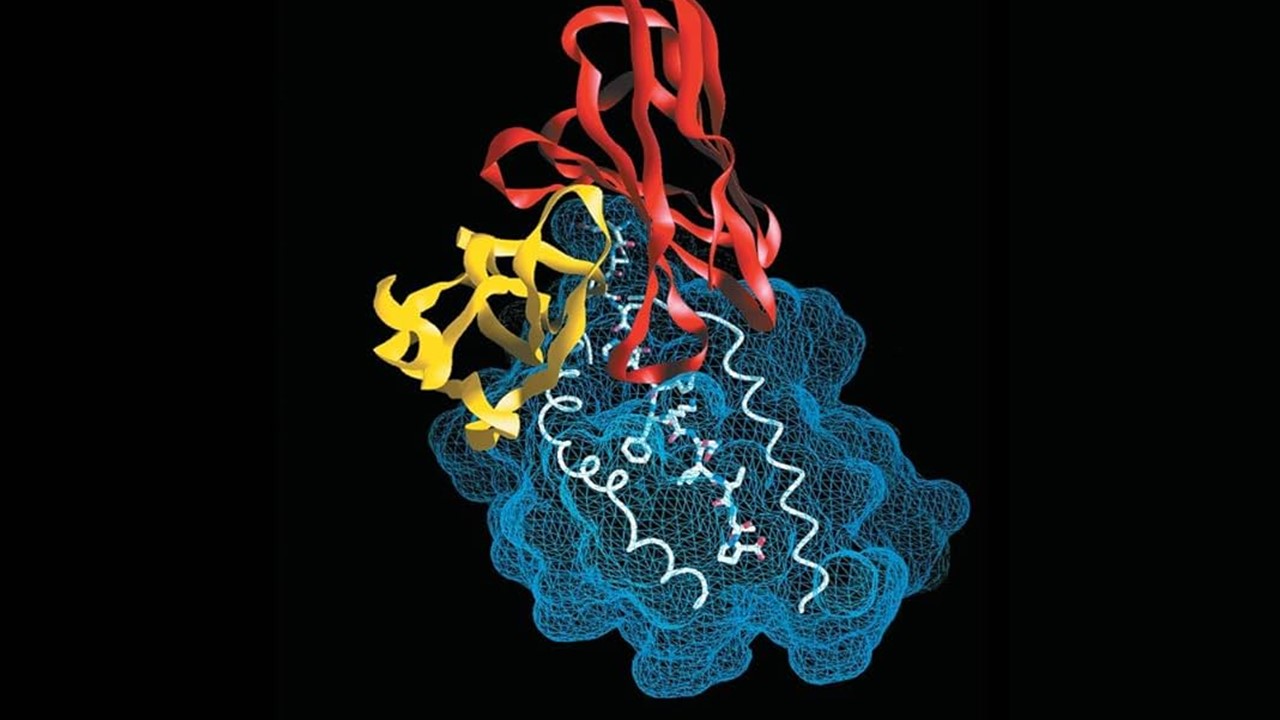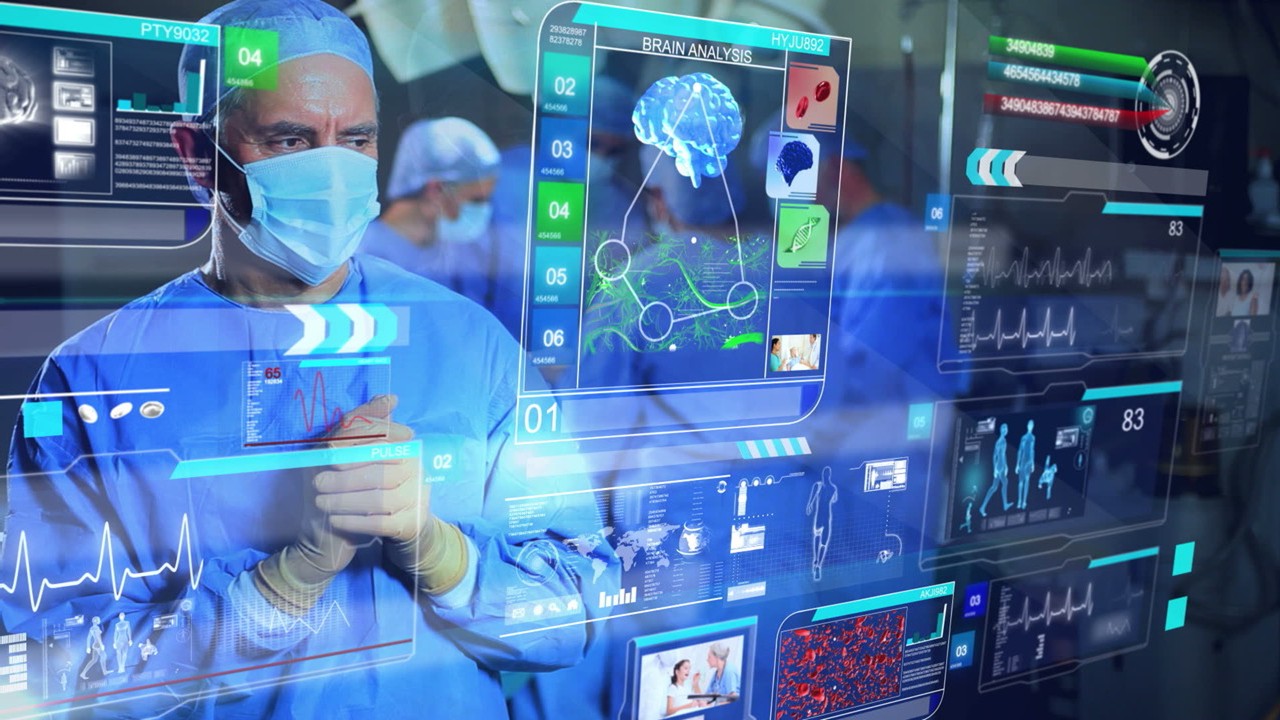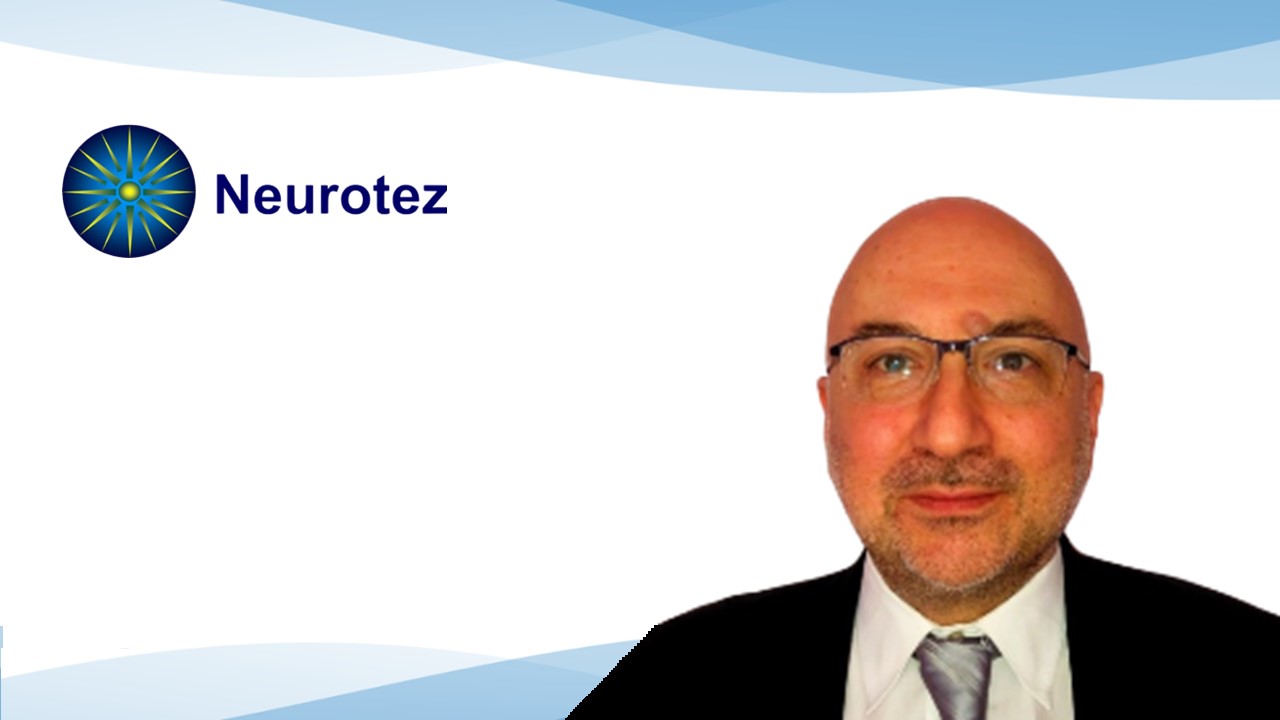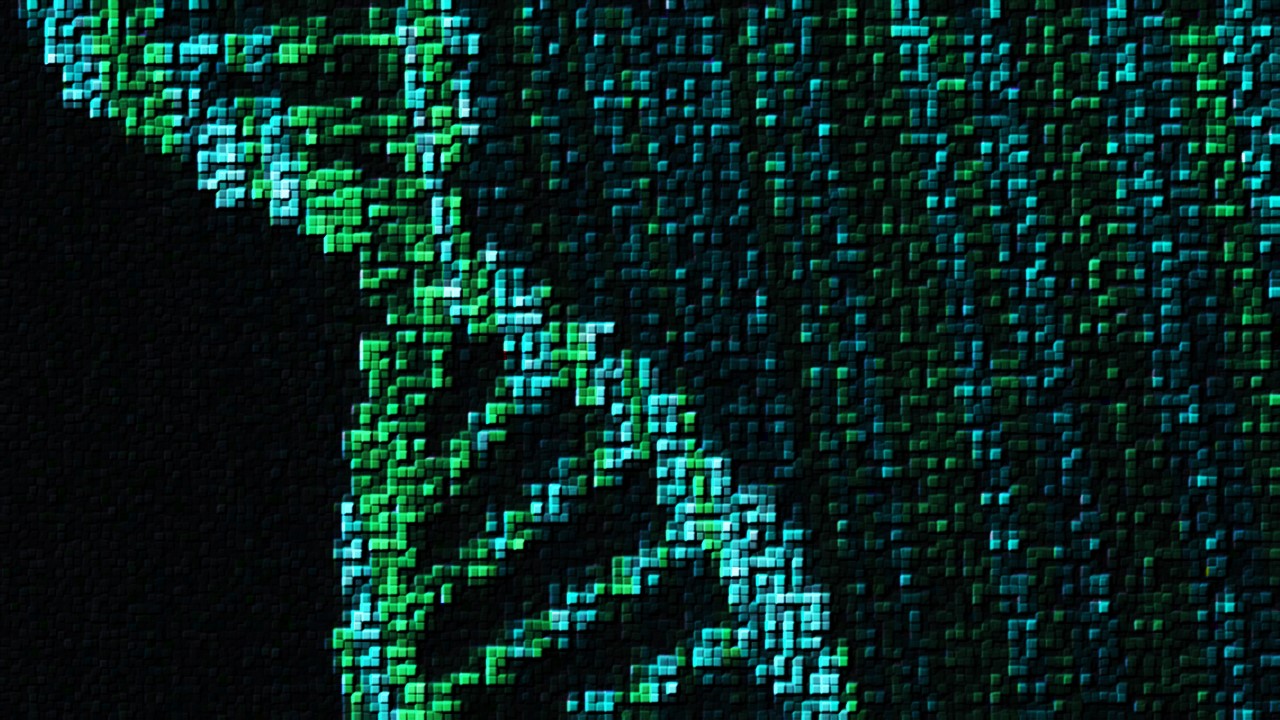A New Era in Molecular Representation
Molecular discovery has long been a field defined by incremental progress, limited by the complexity of chemical space and the constraints of traditional drug design techniques. While computational models have revolutionized molecular screening and structure-based drug design, they have remained tethered to one fundamental challenge: how to accurately and efficiently represent molecules in three dimensions. Existing representations, such as voxel-based 3D grids, molecular graphs, and SMILES strings, capture structural aspects of molecules but often fail to account for their true spatial configurations. This limitation has hampered the performance of deep learning models, particularly convolutional neural networks (CNNs), which rely on dense and spatially meaningful data for optimal training.
Recent breakthroughs in computational chemistry and artificial intelligence have sought to address these constraints by reimagining how molecules are represented in three-dimensional space. A new approach, based on the wave transform, offers an innovative solution to the sparsity problem in 3D molecular representations. Unlike traditional voxel-based methods, which suffer from excessive empty space and inefficient data utilization, the wave transform expands molecular representations by filling adjacent voxels in a structured manner, preserving both spatial integrity and molecular interactions. By leveraging this new method, researchers have demonstrated a significant improvement in CNN-based molecular modeling, enhancing both autoencoder performance and classification accuracy in molecular fingerprint prediction.
This advancement is particularly important in drug discovery, where deep learning is increasingly being applied to predict bioactivity, optimize lead compounds, and even design new molecular structures. By refining how molecules are digitally represented, the wave transform does more than improve computational efficiency—it enhances the fundamental ability of machine learning models to “understand” molecular structures. This shift in representation methodology has the potential to accelerate the identification of promising drug candidates, reduce the reliance on expensive high-throughput screening, and push computational chemistry into a new era of precision and predictive power.
From Voxels to Waves: The Limitations of Traditional Molecular Representations
The core challenge in applying deep learning to molecular design lies in how molecular structures are encoded into a format that neural networks can process effectively. While 2D representations like molecular fingerprints and SMILES strings offer a compact encoding of molecular connectivity, they fail to capture the three-dimensional spatial orientation of atoms—a critical aspect of molecular behavior, especially in interactions with biological targets. On the other hand, graph-based representations, which encode molecules as nodes and edges, provide a more structurally detailed approach but still struggle to preserve geometric properties like bond lengths and angles.
Voxel-based 3D molecular representations have been a natural progression toward incorporating spatial information. In this approach, molecules are mapped onto a three-dimensional grid, with atoms occupying specific voxels. This method allows CNNs to process molecular structures similarly to how they analyze 3D objects in computer vision tasks. However, the voxel representation suffers from severe sparsity: most of the grid remains empty, leading to inefficient data usage and suboptimal neural network training. Moreover, because atoms are typically represented as isolated points, important chemical interactions and spatial correlations between atoms are not well captured.
The wave transform offers a novel alternative by overcoming these limitations. Instead of treating atoms as point-based entities localized to single voxels, this method expands their influence by encoding each atom as a set of spatially distributed wave patterns. This effectively “fills in” empty spaces in the voxel grid while preserving key geometric relationships between atoms. The result is a representation that is both denser (reducing data sparsity) and more informative (capturing intermolecular interactions), significantly improving the ability of deep learning models to extract meaningful features from molecular structures.
Enhancing Deep Learning with the Wave Transform
The wave transform improves CNN-based molecular modeling in multiple ways, particularly in autoencoding tasks and molecular classification. Autoencoders, a class of neural networks designed to learn efficient representations of input data, are commonly used in molecular modeling to compress and reconstruct three-dimensional structures. Traditional CNN autoencoders struggle with sparse voxel grids, often failing to reconstruct finer molecular details. By contrast, the wave transform produces more robust feature maps, leading to significantly improved reconstructions and better preservation of molecular characteristics.
To validate the performance of the wave-based representation, researchers trained convolutional autoencoders on a dataset of over four million molecules from the ZINC database, a widely used molecular repository. The autoencoders were tasked with learning compact representations of molecular structures and reconstructing them from these latent embeddings. Compared to voxel-based methods, wave transform-based representations yielded more accurate reconstructions, particularly in retaining key atomic features such as heteroatoms (nitrogen, oxygen, sulfur, etc.), which are crucial in drug design.
The benefits of the wave transform extend beyond autoencoding tasks into classification applications. One of the most critical problems in computational drug discovery is predicting molecular properties based on structural features. CNNs trained on wave-transformed molecular representations showed higher classification accuracy in predicting MACCS molecular fingerprints, a set of binary descriptors commonly used to encode chemical properties. The ability to better predict these fingerprints translates to improved molecular property prediction, a vital step in filtering out undesirable compounds early in the drug development pipeline.
This improvement in classification performance is rooted in the greater information density of wave-based representations. Unlike voxel-based grids, where feature learning is hindered by empty spaces, wave-transformed data ensures that CNN filters extract meaningful spatial correlations between atoms, leading to better feature generalization and improved learning stability. This makes CNNs more adept at recognizing molecular patterns, thereby enhancing their ability to predict pharmacological properties.
Reconstructing Molecular Structures: Addressing Rare Atom Representation
One of the most significant challenges in molecular autoencoding is the reconstruction of rare atoms. In conventional voxel-based models, the sparsity of certain elements—such as fluorine, sulfur, and chlorine—leads to poor reconstruction performance, as these atoms are underrepresented in training data. Even when present, their influence on learning gradients is often too weak to be captured effectively, resulting in models that perform well on common elements like carbon and hydrogen but fail to accurately reconstruct rare atomic species.
The wave transform partially alleviates this issue by distributing atomic influence across adjacent voxels, making rare atoms more detectable during training. However, to further improve the performance of deep learning models on these atoms, researchers introduced a reweighted loss function that assigns higher importance to rare elements. This loss function adjustment ensures that the network pays closer attention to underrepresented atomic species, leading to significantly improved reconstructions of fluorine, sulfur, and other rare atoms.
The success of this strategy highlights an important consideration in AI-driven molecular design: while algorithmic improvements like the wave transform enhance overall representation quality, targeted adjustments—such as reweighted loss functions—are often necessary to fine-tune models for specific challenges. By combining both approaches, researchers have created a system that not only reconstructs common molecular structures with high fidelity but also preserves the nuanced features of less abundant atomic species, making it far more effective in real-world applications.
Implications for Drug Discovery and Beyond
The implications of wave-based molecular representation extend far beyond deep learning performance metrics. In practical terms, this new approach accelerates drug discovery by improving the reliability and accuracy of AI-driven molecular screening. Pharmaceutical researchers rely on machine learning models to sift through millions of candidate molecules and identify those with promising bioactivity profiles. More accurate molecular representations mean better predictions, reducing the number of false positives and false negatives in drug candidate selection.
Additionally, the wave transform methodology lays the groundwork for generative molecular design, where AI is used to create entirely new molecules from scratch. One of the key limitations of existing generative models, such as variational autoencoders (VAEs) and generative adversarial networks (GANs), is their struggle to produce physically plausible molecules that adhere to real-world chemical rules. By integrating wave-transformed representations into these generative architectures, researchers could enhance the stability and validity of AI-generated molecular structures, bringing machine-driven drug design one step closer to reality.
The broader impact of this research extends beyond pharmaceuticals into material science, chemical engineering, and nanotechnology, where AI-driven molecular modeling plays a critical role. Whether in designing new catalysts, polymers, or bioactive compounds, the ability to accurately encode and analyze molecular structures in three dimensions is a foundational step toward leveraging AI for complex chemical innovations.
A Paradigm Shift in AI-Driven Chemistry
The introduction of wave-transformed molecular representations marks a paradigm shift in how machine learning models process and understand molecular structures. By addressing the limitations of voxel-based representations, this method enhances the effectiveness of deep learning in molecular reconstruction, classification, and drug discovery. As AI continues to reshape the landscape of chemistry and biology, innovations like the wave transform bring us closer to a future where intelligent algorithms can not only predict, but actively design the molecules of tomorrow.
Study DOI: 10.1021/acs.molpharmaceut.7b01134
Engr. Dex Marco Tiu Guibelondo, B.Sc. Pharm, R.Ph., B.Sc. CpE
Subscribe
to get our
LATEST NEWS
Related Posts

Medicinal Chemistry & Pharmacology
Aerogel Pharmaceutics Reimagined: How Chitosan-Based Aerogels and Hybrid Computational Models Are Reshaping Nasal Drug Delivery Systems
Simulating with precision and formulating with insight, the future of pharmacology becomes not just predictive but programmable, one cell at a time.
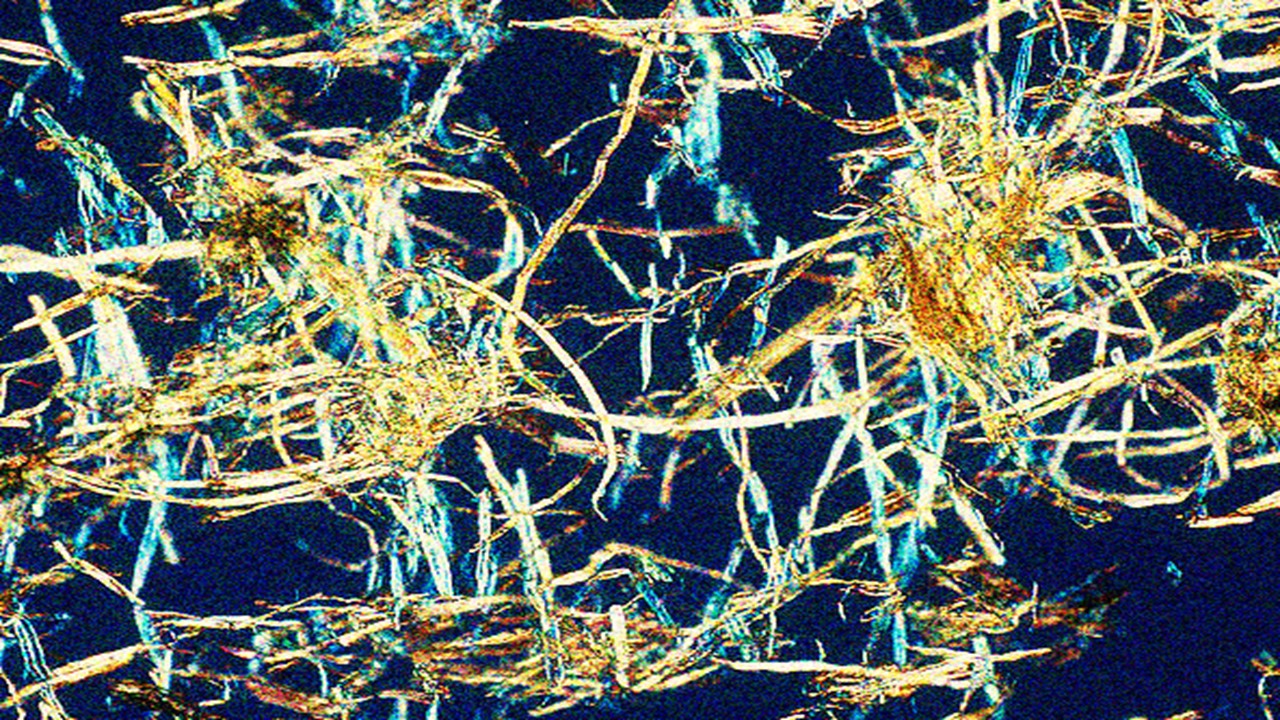
Medicinal Chemistry & Pharmacology
Coprocessed for Compression: Reengineering Metformin Hydrochloride with Hydroxypropyl Cellulose via Coprecipitation for Direct Compression Enhancement
In manufacturing, minimizing granulation lines, drying tunnels, and multiple milling stages reduces equipment costs, process footprint, and energy consumption.

Medicinal Chemistry & Pharmacology
Decoding Molecular Libraries: Error-Resilient Sequencing Analysis and Multidimensional Pattern Recognition
tagFinder exemplifies the convergence of computational innovation and chemical biology, offering a robust framework to navigate the complexities of DNA-encoded science




